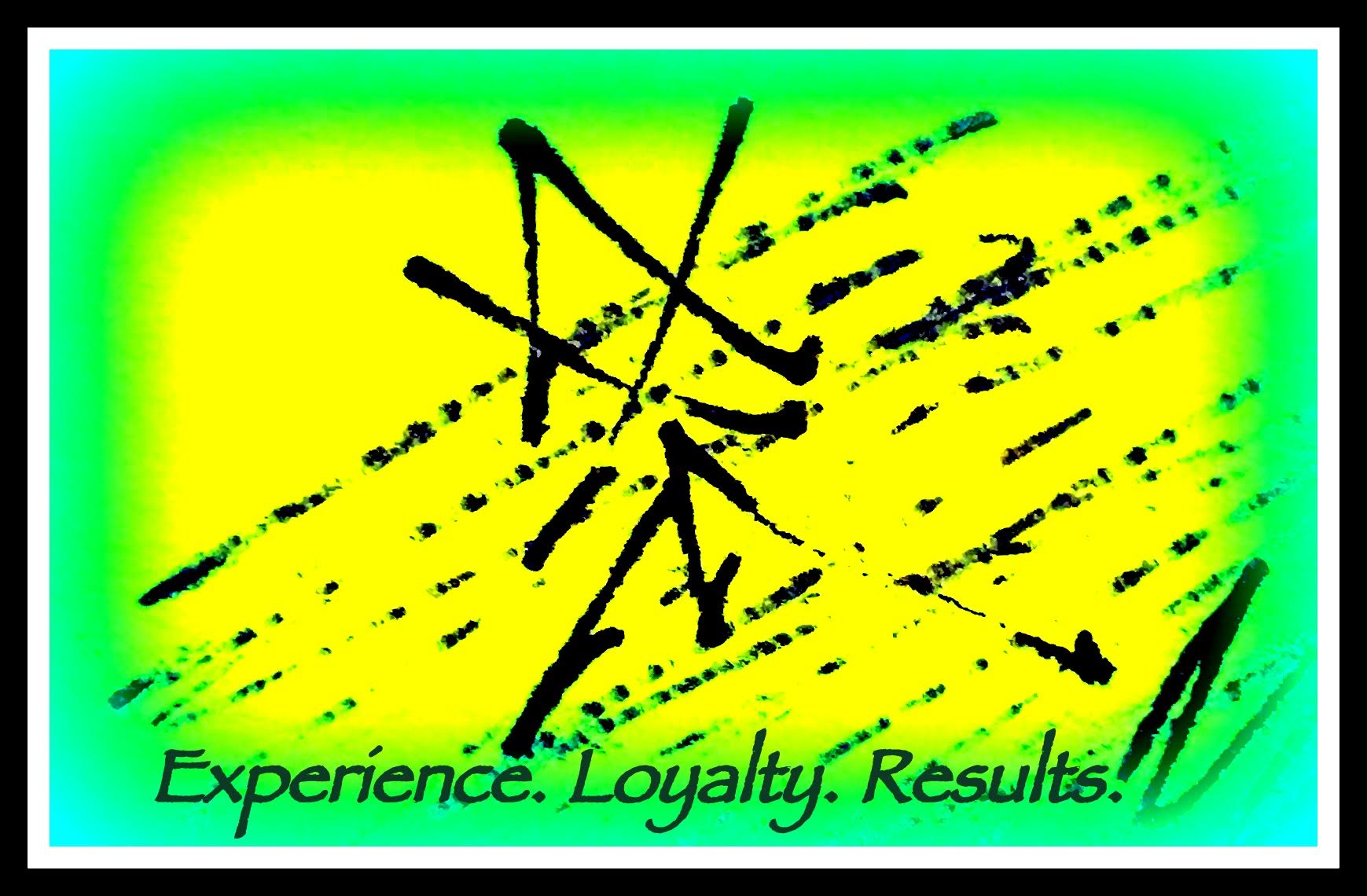Part of one’s task is to predict what likely will occur in the future. Not many devote any real effort to improving this “skill.” It’s akin to mindreading––why bother to devote any time to it? There’s no point. Probability theory and statistics––these provide tools of analysis, but not the means of arriving at the values used. No one holds themselves out as being an expert in “the science of prediction.” But imagine for a moment the benefits that would accrue if the future could be accurately foretold. Planning would be precise rather than approximate. Steps taken today could better prepare for what likely will occur tomorrow. We do make predictions––every hour, every day––but too often these predictions are imprecise, inaccurate. In this regard, there’s a fallacy known as the “clustering illusion.”
“The clustering illusion is the tendency to erroneously consider the inevitable “streaks” or “clusters” arising in small samples from random distributions to be non-random. The illusion is caused by a human tendency to underpredict the amount of variability likely to appear in a small sample of random or semi-random data… Thomas Gilovich, an early author on the subject, argued that the effect occurs for different types of random dispersions, including two-dimensional data such as clusters in the locations of impact of World War II V-1 flying bombs on maps of London; or seeing patterns in stock market price fluctuations over time. Although Londoners developed specific theories about the pattern of impacts within London, a statistical analysis by R. D. Clarke originally published in 1946 showed that the impacts of V-2 rockets on London were a close fit to a random distribution. The clustering illusion is central to the “hot hand fallacy“, the first study of which was reported by Gilovich, Robert Vallone and Amos Tversky. They found that the idea that basketball players shoot successfully in “streaks”, sometimes referred to by sportscasters as having a “hot hand” and widely believed by Gilovich et al.’s subjects, was false. In the data they collected, if anything the success of a previous throw very slightly predicted a subsequent miss rather than another success.”[1]
We assume a higher probability of an event occurring based on the results of a previous event without stopping to think whether there is in fact a valid reason to justify the higher likelihood. All of us have seen streaks occur in sports––common sense assures us that we’re making a reasonable judgment to predict a slightly higher probability based on prior results. Even when this fallacy is pointed out to us, our minds still hold firm to its reassuringly false sense of security. So, what are some ways of improving one’s ability to predict future outcomes?
Any number of steps can be taken: “Take seriously the art/science of prediction.” “Be analytical rather than intuitive; purposeful rather than wishful.” “In any field, seek out the methods and markers that have been shown to successfully predict future outcomes and analyze why they work.” “Keep track of your success in predicting future outcomes, both large and small.” “Hone your “sixth sense” by engaging in predictive thoughts and testing these later against actual results.” “Read articles and studies where others have successfully used predictive methods and techniques.” Etc.
Prediction is a silent skill. No one ever talks about it, no one believes there’s any real way to improve its practice. (Certain human behaviors and reactions are predictable, but few pay close enough attention to notice.) Guesswork, conjecture, wishful thinking––our cynical minds disparage prediction, believing it to be more relevant to the realm of superstition than of science. But there are many variables, large and small, known and unknown, any one of which can affect the outcome. One approach is to ignore the variables and focus on trends; another is to search for that which actually works. There may be one detail, not easily recognized, that’s most accurate in predicting an end result. Perhaps, at least in some instances, it comes down to just that––a search for the right detail.
[1] Clustering Illusion—Wikipedia https://en.wikipedia.org/wiki/Clustering_illusion




